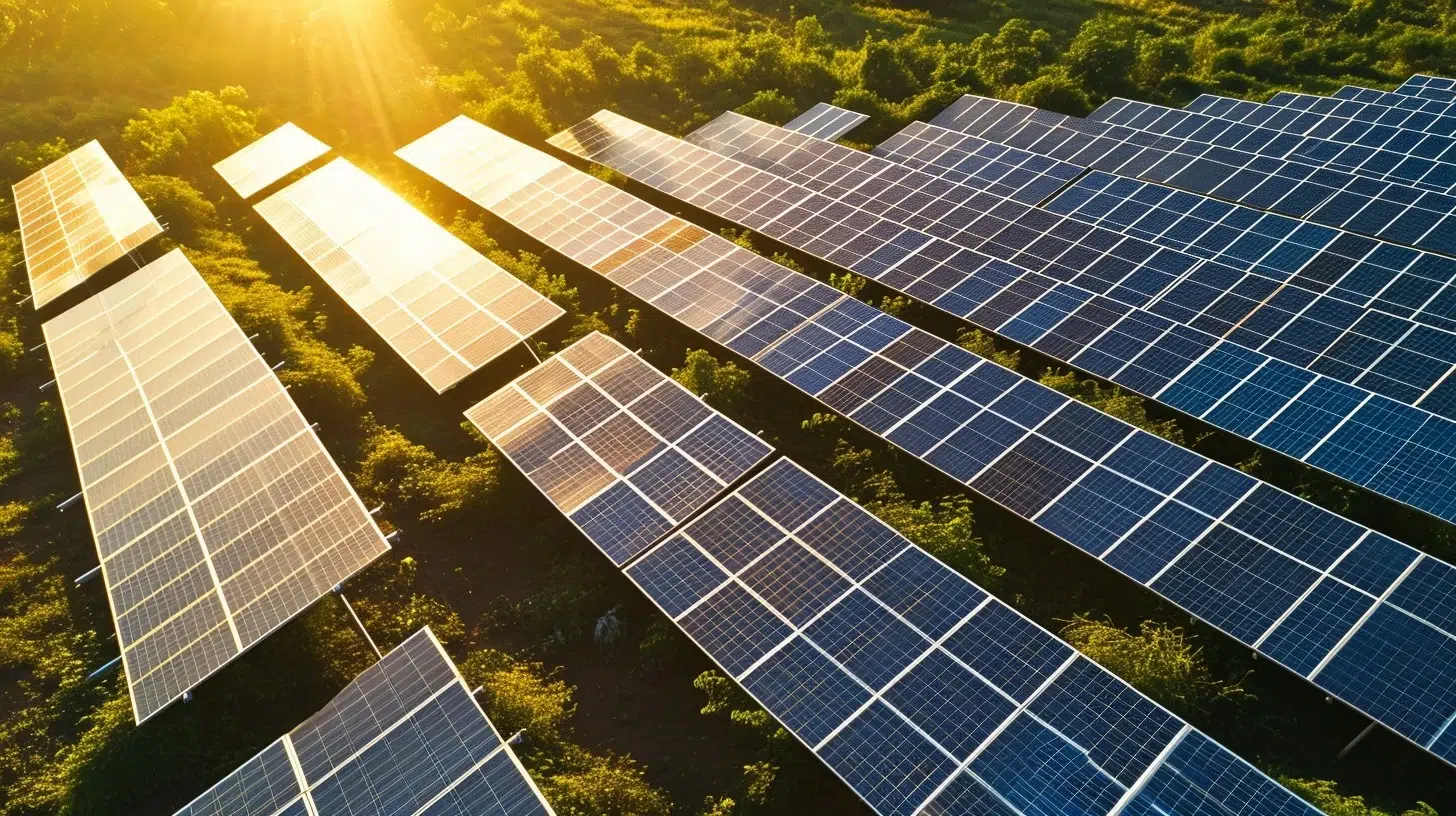Flexible Solar Panels: Revolutionizing Renewable Energy with Versatile Applications

The transition towards renewable energy sources has never been more critical. Among the innovations driving this shift, flexible solar panels stand out as a groundbreaking technology. Unlike traditional rigid solar panels, these panels offer a versatility that opens up a plethora of applications, making them a key player in the future of sustainable energy.
What Are Flexible Solar Panels?
Flexible solar panels are photovoltaic cells made using thin-film technology, allowing them to bend and flex without compromising their efficiency. These panels are composed of materials like amorphous silicon (a-Si), cadmium telluride (CdTe), or copper indium gallium selenide (CIGS), which are layered onto flexible substrates such as plastic, metal, or even paper.
Advantages of Flexible Solar Panels
1. Lightweight and Portable
One of the most significant advantages of flexible solar panels is their lightweight nature. This makes them incredibly portable, ideal for applications where traditional solar panels would be too cumbersome or heavy. Whether for camping, hiking, or remote expeditions, flexible panels provide a reliable source of renewable energy on the go.
2. Versatile Applications
The flexibility of these panels allows them to be applied to surfaces that were previously unsuitable for solar technology. Curved surfaces, such as those on vehicles, boats, or even clothing, can now be equipped with solar power. This opens up possibilities for integrating solar energy into everyday objects and infrastructure, enhancing the reach of renewable energy.
3. Durability and Resilience
Despite their lightweight and flexible nature, these panels are surprisingly durable. Many flexible solar panels are designed to withstand harsh environmental conditions, including high winds, heavy rain, and even hail. This makes them suitable for outdoor use in a variety of climates.
4. Cost-Effective Production
Flexible solar panels are often cheaper to produce than their rigid counterparts. The thin-film technology used in their construction requires fewer raw materials, and the production process is less energy-intensive. This makes them a more economical choice for large-scale installations or applications where cost is a critical factor.
Applications of Flexible Solar Panels
1. Wearable Technology
One of the most exciting applications of flexible solar panels is in the realm of wearable technology. Imagine a jacket or backpack that can charge your electronic devices while you’re on the move. This technology is already being explored in various forms, from clothing with integrated solar panels to portable chargers that can be rolled up and stored when not in use.
2. Solar-Powered Vehicles
The automotive industry is increasingly looking towards solar energy as a way to power vehicles. Flexible solar panels can be integrated into the bodywork of cars, trucks, and even bicycles, providing a supplemental energy source that can reduce the reliance on fossil fuels. This is particularly beneficial for electric vehicles, extending their range and reducing the need for frequent recharging.
3. Building-Integrated Photovoltaics (BIPV)
Flexible solar panels are also making their mark in the construction industry through Building-Integrated Photovoltaics (BIPV). These panels can be incorporated into the design of buildings, serving as both a construction material and a source of energy. From roofing to facades, the potential for integrating solar power into the very fabric of buildings is vast.
4. Off-Grid Power Solutions
For remote locations where access to the grid is limited or nonexistent, flexible solar panels offer a lifeline. Their portability and ease of installation make them ideal for providing off-grid power to rural communities, remote research stations, and emergency relief efforts.
5. Agricultural Applications
Flexible solar panels are also being utilized in agriculture, where they can be deployed over large areas without the need for heavy infrastructure. They can be used to power irrigation systems, greenhouse operations, and even livestock monitoring equipment, reducing the reliance on traditional power sources and lowering operational costs.
Challenges and Limitations
While flexible solar panels offer numerous advantages, they are not without their challenges.
1. Lower Efficiency
One of the main drawbacks of flexible solar panels is that they are generally less efficient than traditional rigid panels. This means that they produce less energy per square meter, which can be a limitation in applications where space is a premium.
2. Shorter Lifespan
Flexible solar panels tend to have a shorter lifespan compared to traditional panels. The materials used in their construction are more susceptible to degradation over time, especially when exposed to UV radiation and extreme temperatures. This can affect their long-term viability in certain applications.
3. Limited Power Output
Due to their lower efficiency and smaller size, flexible solar panels often have a limited power output. This makes them less suitable for large-scale power generation projects where high energy output is required. However, they are still highly effective for smaller, specialized applications.
Future Prospects of Flexible Solar Panels
The future of flexible solar panels is promising, with ongoing research and development aimed at overcoming their current limitations. Advances in material science and nanotechnology are expected to improve the efficiency and durability of these panels, making them a more competitive alternative to traditional solar technology.
1. Nanomaterial Enhancements
Researchers are exploring the use of nanomaterials, such as quantum dots and perovskites, to boost the efficiency of flexible solar panels. These materials have the potential to capture a broader spectrum of sunlight, increasing the energy output and making flexible panels more viable for a wider range of applications.
2. Hybrid Systems
Another area of development is the integration of flexible solar panels into hybrid energy systems. By combining solar power with other renewable energy sources, such as wind or hydro, it is possible to create more reliable and efficient power systems. This approach is particularly relevant for off-grid and remote applications, where energy security is paramount.
3. Expansion into Consumer Markets
As the cost of production continues to decrease, flexible solar panels are expected to become more accessible to consumer markets. We anticipate a surge in the availability of solar-powered consumer products, from portable chargers to smart clothing, further embedding renewable energy into everyday life.
Conclusion
Flexible solar panels represent a significant leap forward in the renewable energy sector. Their unique characteristics—lightweight, versatile, and durable—make them suitable for a wide range of applications, from wearable technology to building-integrated photovoltaics. While they currently face challenges such as lower efficiency and shorter lifespans, ongoing advancements in technology are likely to mitigate these issues, paving the way for a future where flexible solar panels play a crucial role in powering our world sustainably.







One Comment